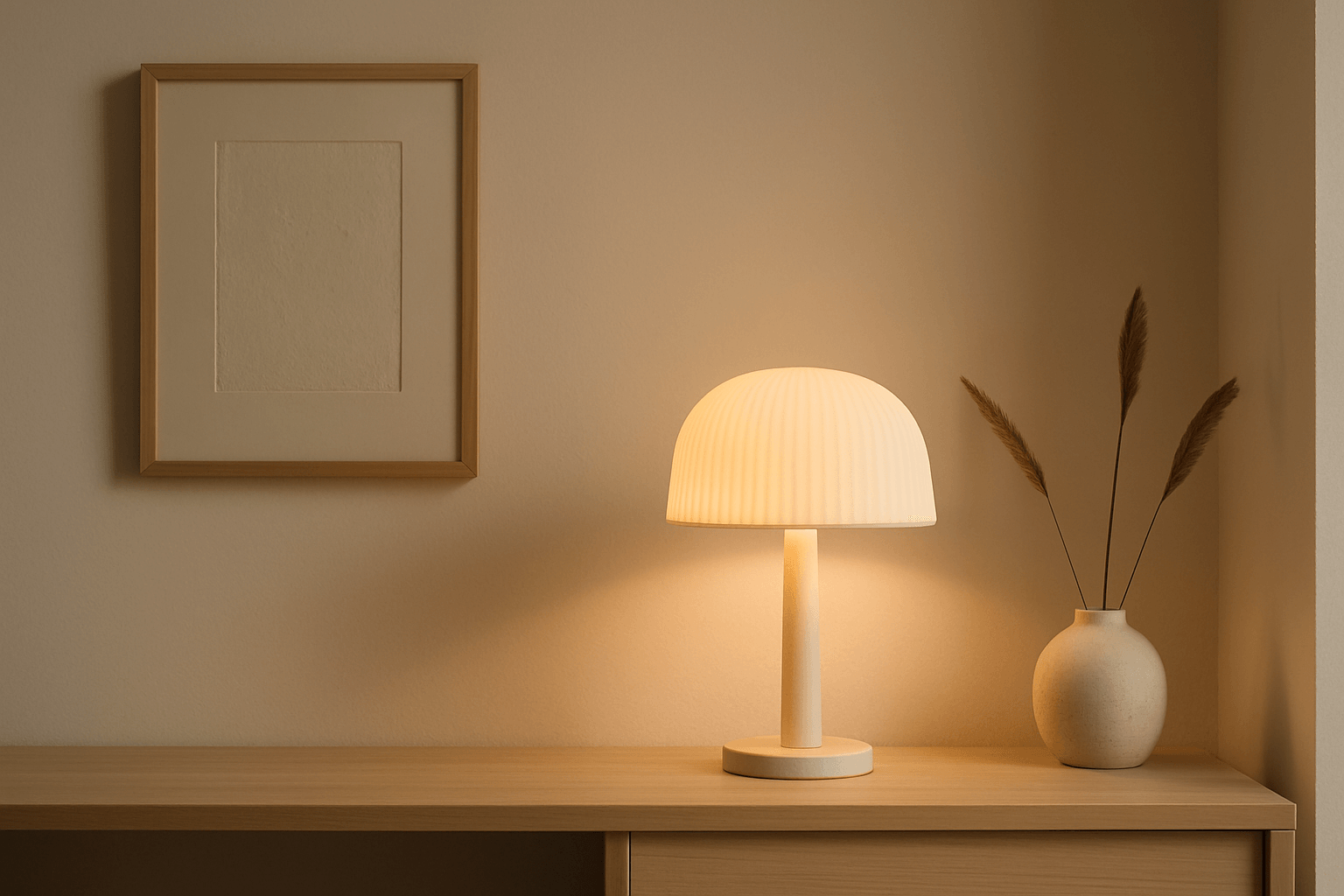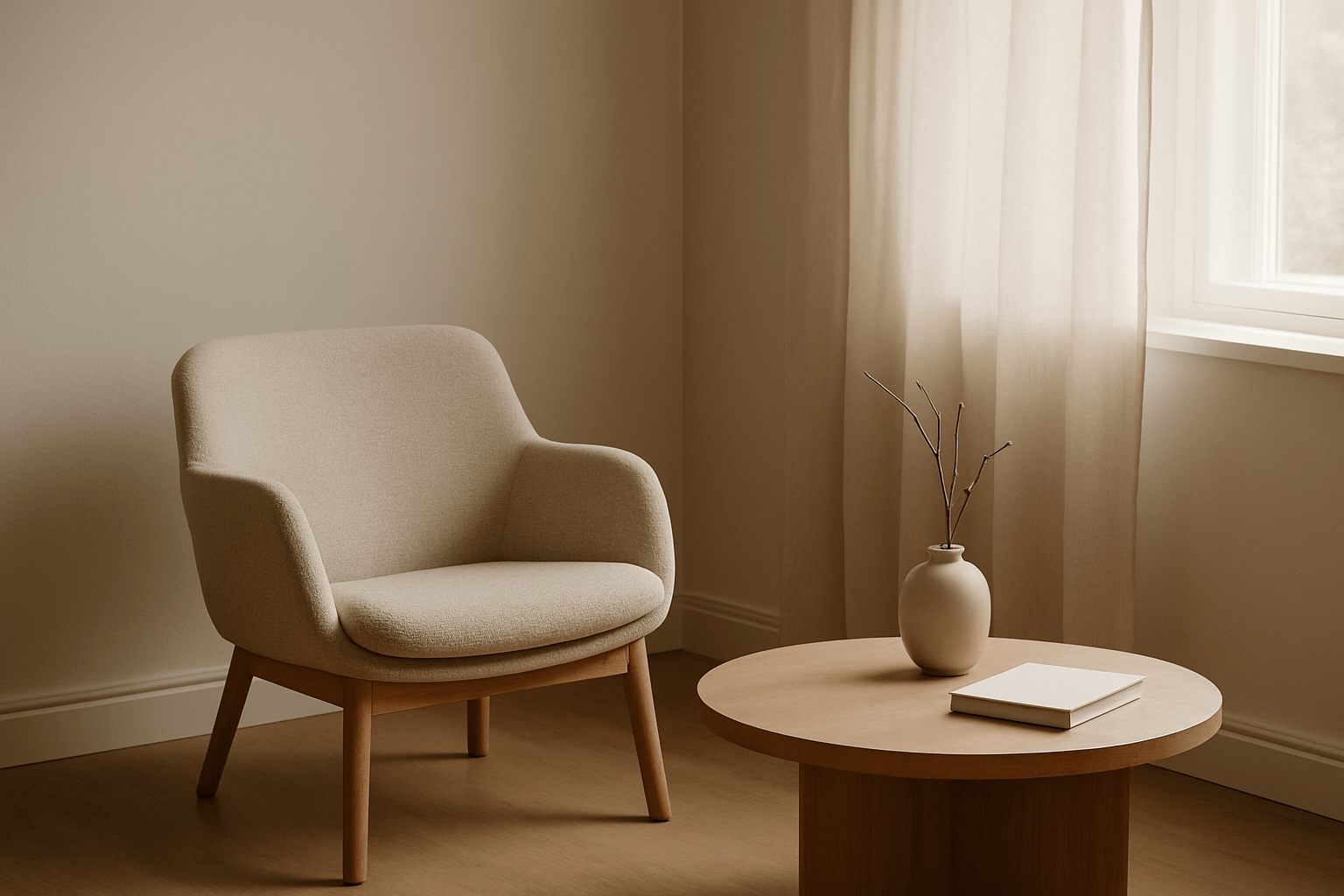More Than Illumination
Lighting isn’t just about brightness. In minimalist interiors, it’s about mood, presence, and intention.
Done well, lighting becomes an invisible anchor — shaping how a space feels without demanding attention. It serves function quietly, and that’s exactly the point.
1. Form Follows Light
In minimalist spaces, every object is chosen with care — and that includes lighting. Instead of decorative excess, focus on functionally beautiful design.
Think:
-
Slim profiles that complement, not dominate
-
Fixtures that blend into architectural lines
-
Lamps with soft curves and clean silhouettes
The goal: Let the room speak through calm illumination, not visual noise.
2. The Art of Softness
Harsh overhead lighting disrupts the calm. Minimalist design favors layered, soft light that wraps a space in warmth.
Try:
-
Dimmable table or floor lamps
-
Wall sconces that wash the wall with gentle glow
-
Pendant lights hung low over seating or dining areas
This kind of lighting doesn't just illuminate — it invites rest.
3. Negative Space Needs Light, Too
Minimalist rooms often have open areas and visual stillness. Thoughtfully placed lighting can:
-
Highlight textures (linen, wood, stone)
-
Create subtle contrasts in shadow
-
Define empty space as intentional, not unfinished
In minimalism, light becomes the frame around what’s not there.
4. Neutral Doesn’t Mean Cold
Minimalist lighting often leans toward neutral palettes — white, beige, natural wood, matte black. But neutrality isn’t sterility.
Use:
-
Warm light temperatures (2700–3000K)
-
Natural materials like paper, wood, or clay
-
Simple linen shades that diffuse light softly
The result: quiet warmth, not clinical design.
5. Versatility Over Volume
Minimalist lighting thrives on fewer, smarter pieces. Look for:
-
Lamps that work in multiple rooms
-
Modular wall or ceiling fixtures
-
Portable lights that adapt to how you live
A space doesn’t need more light. It needs the right light, in the right place.
Final Thought
Minimalist lighting isn’t loud. It doesn’t try to impress.
It supports your space — and your mind — with quiet strength.
It reminds us that beauty doesn’t always need to be bold. Sometimes, it just needs to be useful, simple, and soft.
















